When you purchase VMware Cloud on AWS capacity, you can select between Reserved Instances (RIs) with a term commitment for one or three years or opt to consume the service based on the on-demand rate. RIs purchased based on the term commitment are normally more cost-efficient compared to the on-demand rate. If you opt to use RIs for your VMware Cloud on AWS deployment, you must create a host subscription in your Organization. It’s important to create the subscription before deploying the SDDC – VMware Cloud on AWS will apply an on-demand rate to your SDDC if no subscription has been created.
After selecting the fund, create the host subscriptions: click on the nine-dot grid on the upper right-hand side to see the list of services and click on VMware Cloud, as seen in the following screenshot:
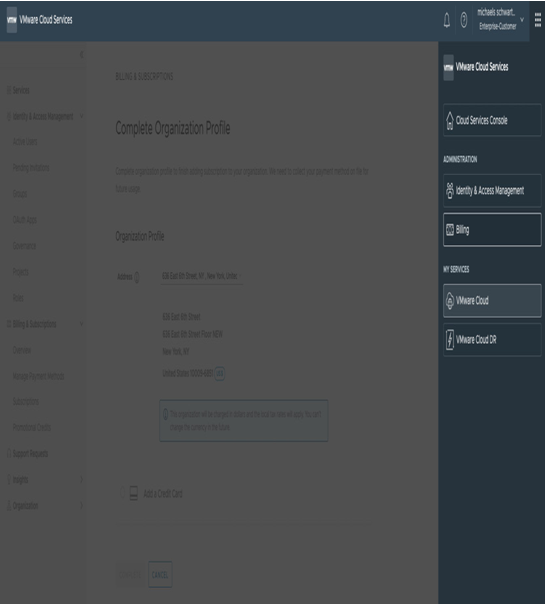
Figure 4.6 – Navigate to VMware Cloud
Once you have funds associated with the Organization, you can proceed to the next step.
Click on Subscriptions in the VMware Cloud Services Console and create a term commitment, as seen in the following screenshot:
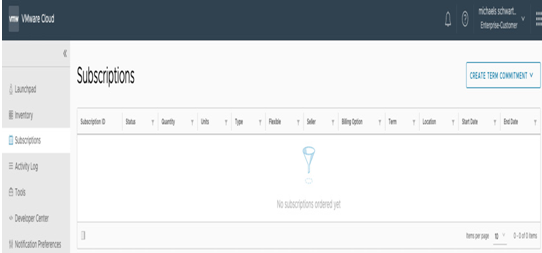
Figure 4.7 – Navigate to Subscriptions in VMware Cloud Services Console
Now, in the subscription workflow, click on Host Capacity. The other subscription options are for SRM/VSR DRaaS, and the NSX Advanced Firewall paid add-on services:
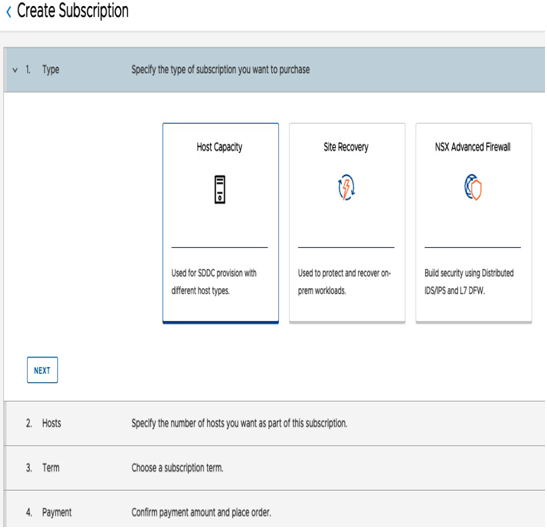
Figure 4.8 – Create Subscription wizard in VMware Cloud Services Console
In the subscription details, we’ll need to fill in the relevant subscription region.
Note
Please note that prices in AWS change per region and, once selected, the region and the host type cannot be changed unless a Flexible Subscription is used.
Afterward, for the Host Type option, select the host type you chose during the sales process. In this example, we have selected the default I3 hosts.
For the Number of Hosts option, select the number of hosts the subscription is to cover. In our example, we have selected an amount that will cover a minimal cluster size of 2 hosts, as seen in the following screenshot:
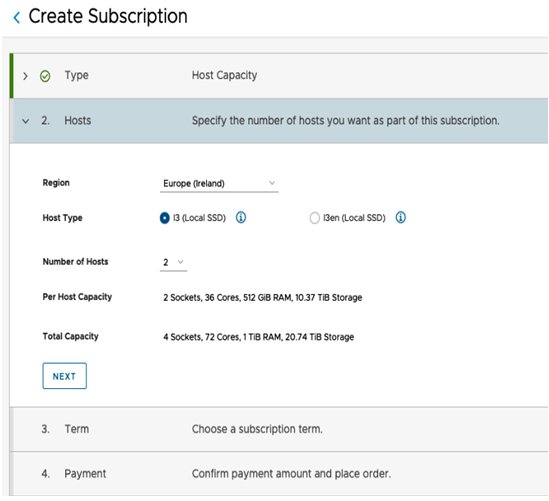
Figure 4.9 – Create Subscription – select Host Type and Region
Note
A subscription can be created in increments of 1. For instance, when a organization wants to increase its cluster size from 2 to 3 hosts, another subscription with 1 host can be created to cover the extra, third host.
Defining the subscription term is an important part of the subscription creation – you should reflect the term in your sales contract.
Subscription flexibility is such that you can either opt to use a fixed subscription (defining the host type, duration, and AWS region) or a flexible subscription. With a flexible subscription, you can change the host type and AWS region later, giving you more flexibility with the deployment. However, there is a trade-off associated with a flexible subscription – the price of RIs is normally higher with a flexible subscription.
For the subscription duration, you can choose between a 1-year and a 3-year contract. A 3-year contract is the most cost-effective option; however, it might limit your flexibility in moving workloads to another AWS region or changing the host type.
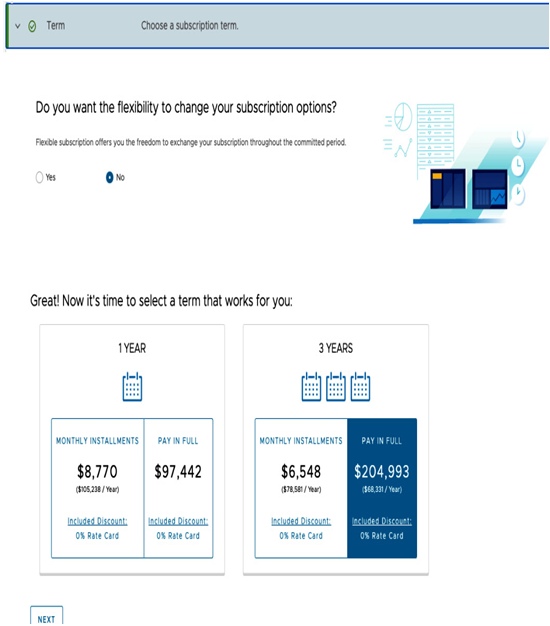
Figure 4.10 – Choose a Flexible Subscription and select the term
In our example, we have selected the 3 YEARS and PAY IN FULL options. Next, the organization’s administrator will need to confirm the order. Once the process is completed successfully, you will see the subscription created with an Activated status, as seen in the following screenshot:

Figure 4.11 – Subscription creation confirmation
Note
The activation of the subscription may take several minutes. It’s normal to see the status as pending. Please refresh after several minutes; otherwise, contact the VMware customer success team.